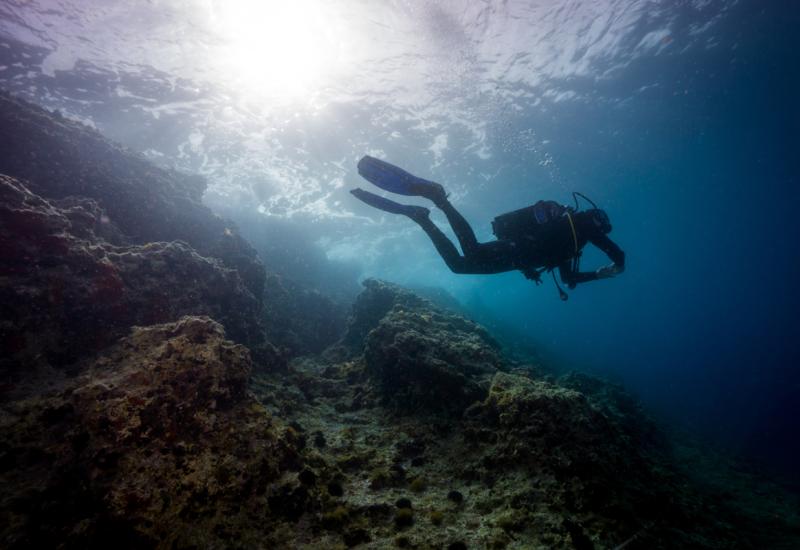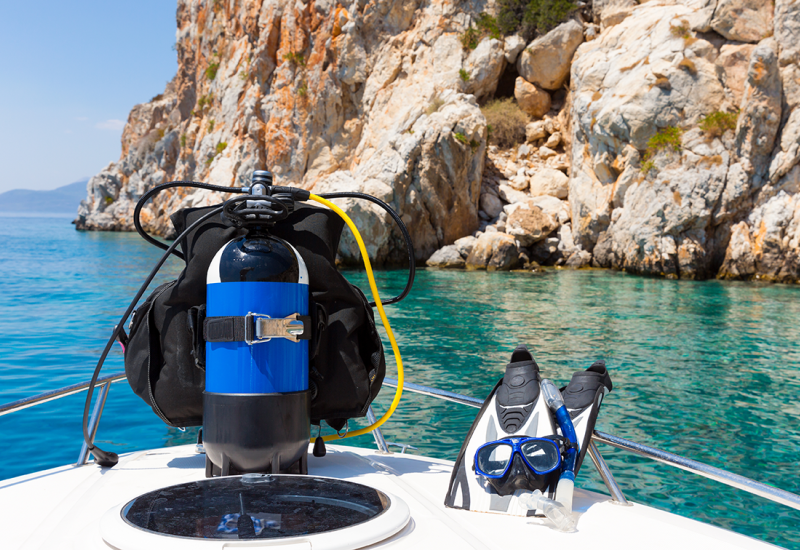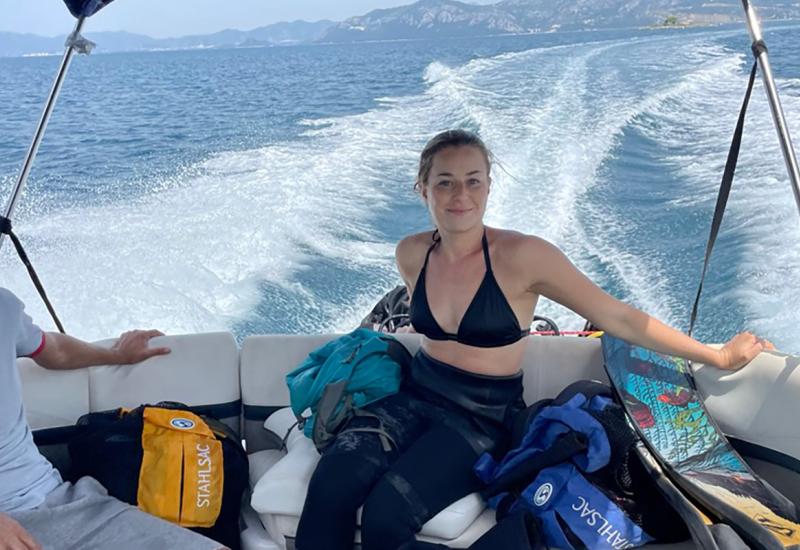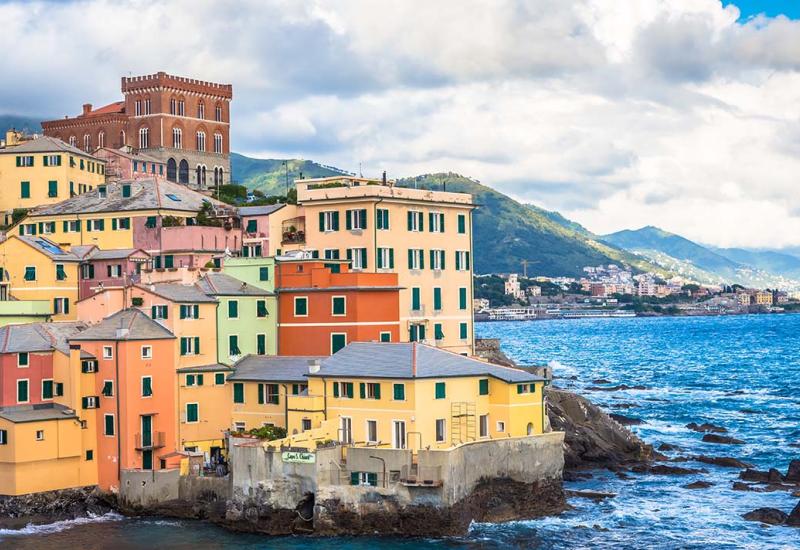Essential Europe - Medes Islands
The small fishing village of L’Estartit on Spain’s Costa Brava is the jumping-off point for the islands, which sits less than a mile offshore. The town’s many dive centers –– including La Sirena and Oceansub –– offer year-round diving at around $39 for one dive, with a four-dive, two-day package starting at $150. More Info www.la-sirena.net , www.oceansub-eastartit.com
Spain’s Medes Islands boast soft-coral reefs that feature one of the region’s healthiest and most diverse collections of marine life, the result of more than 20 years of marine-preserve status. The small archipelago comprises seven uninhabited main islands and dozens of rocky cays off the Costa Brava, in Spain’s northeastern corner, and tens of thousands of divers come here each year to experience its signature walls and elaborate underwater caves. A confluence of nutrient-rich currents and upwelling feeds the dense fields of gorgonians and bright purple, red and yellow sea fans that blanket the rock formations, and thanks to their marine-preserve protections, the caverns and undersea pinnacles attract improbable numbers of fish. Huge grouper swim nonchalantly among the rocks while schooling bait fish mob the deeper sites with predatory pelagics like jacks and barracuda hot on their tails. Of the 10 buoyed dive sites around the Medes Islands, the most famous is Dolphin Cave, which passes from one side of Meda Petita to the other and includes a massive cathedrallike chamber with beams of sunlight streaming through its windows and chimneys. At Medallot, divers can swim corkscrew fashion around a pinnacle rising from the deep water, and off Meda Gran’s northwestern corner, steep walls drop well beyond recreational diving depths. -- Travis Marshall
The small fishing village of L’Estartit on Spain’s Costa Brava is the jumping-off point for the islands, which sits less than a mile offshore. The town’s many dive centers –– including La Sirena and Oceansub –– offer year-round diving at around $39 for one dive, with a four-dive, two-day package starting at $150. More Info www.la-sirena.net , www.oceansub-eastartit.com
Spain’s Medes Islands boast soft-coral reefs that feature one of the region’s healthiest and most diverse collections of marine life, the result of more than 20 years of marine-preserve status. The small archipelago comprises seven uninhabited main islands and dozens of rocky cays off the Costa Brava, in Spain’s northeastern corner, and tens of thousands of divers come here each year to experience its signature walls and elaborate underwater caves. A confluence of nutrient-rich currents and upwelling feeds the dense fields of gorgonians and bright purple, red and yellow sea fans that blanket the rock formations, and thanks to their marine-preserve protections, the caverns and undersea pinnacles attract improbable numbers of fish. Huge grouper swim nonchalantly among the rocks while schooling bait fish mob the deeper sites with predatory pelagics like jacks and barracuda hot on their tails. Of the 10 buoyed dive sites around the Medes Islands, the most famous is Dolphin Cave, which passes from one side of Meda Petita to the other and includes a massive cathedrallike chamber with beams of sunlight streaming through its windows and chimneys. At Medallot, divers can swim corkscrew fashion around a pinnacle rising from the deep water, and off Meda Gran’s northwestern corner, steep walls drop well beyond recreational diving depths. -- Travis Marshall










